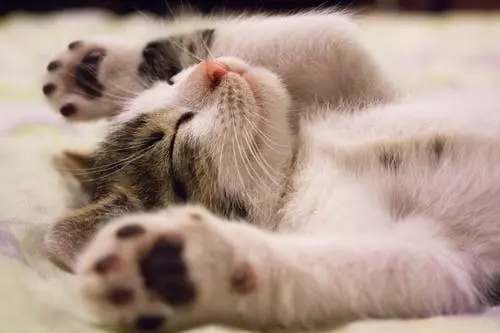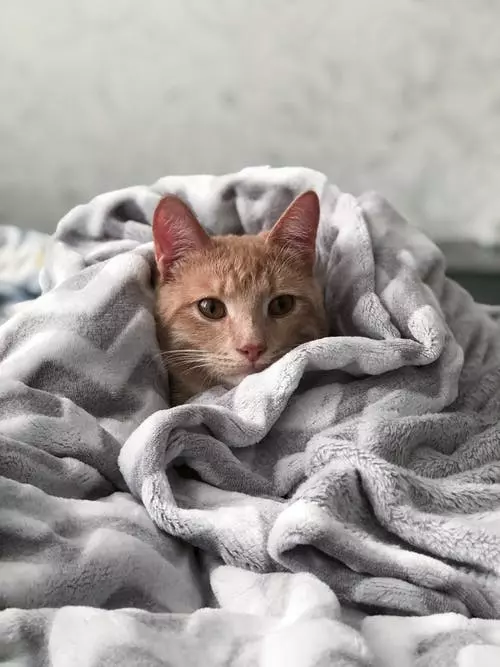Litter box avoidance is a common issue faced by many cat owners. It can be frustrating and confusing to deal with, but with a better understanding of the underlying causes and effective solutions, you can help your feline friend overcome this problem. In this article, we will delve into the various reasons why cats may avoid using their litter boxes and provide valuable tips to address the issue.
One of the primary causes of litter box avoidance in cats is medical issues. Urinary Tract Infections (UTIs), bladder stones, Feline Lower Urinary Tract Disease (FLUTD), diabetes, and arthritis can all contribute to a cat’s reluctance to use the litter box. It is important to consult with a veterinarian to rule out or treat any underlying medical conditions.
Behavioral factors can also play a significant role in litter box avoidance. Stress or anxiety, litter box preferences, litter box location, a dirty or unappealing litter box, and negative associations can all deter a cat from using their designated area. By addressing these behavioral factors, you can help your cat feel more comfortable using the litter box.
To effectively address litter box avoidance, it is essential to follow certain solutions. Firstly, a thorough medical evaluation is crucial. Consult with a veterinarian to rule out any underlying medical conditions and treat them accordingly. This will ensure that the cat’s physical health is not contributing to the avoidance problem.
Environmental modifications can also help resolve litter box avoidance. Provide multiple litter boxes in different locations to offer your cat options. Choose the right litter box type – most cats prefer large, uncovered litter boxes with low sides. Optimal litter box placement, maintaining a clean litter box, and ensuring litter box accessibility are also important factors to consider.
Addressing behavioral factors is equally important. Reduce stress and anxiety in your cat’s environment by creating a calm and peaceful atmosphere. Gradual litter box training can help a cat become accustomed to using the litter box. Positive reinforcement, such as treats and praise, can also encourage your cat to use the litter box consistently. Additionally, it is crucial to eliminate any negative associations your cat may have with the litter box.
Here are some frequently asked questions about litter box avoidance:
1. How many litter boxes should I have for my cat?
It is recommended to have at least one litter box per cat, plus an extra box. For example, if you have two cats, you should ideally have three litter boxes.
2. What type of litter box is best for my cat?
Cats have individual preferences when it comes to litter boxes. However, most cats prefer large, uncovered litter boxes with low sides. Experiment with different types to find the one your cat prefers.
3. How often should I clean the litter box?
Scoop the litter box daily and completely change the litter at least once a week. Cats are clean animals, and a dirty litter box can discourage them from using it.
4. My cat started avoiding the litter box suddenly. What could be the reason?
Sudden litter box avoidance may indicate a medical issue. It is important to consult with a veterinarian to rule out any underlying health problems before addressing behavioral factors.
5. Should I punish my cat for not using the litter box?
No, punishment is not recommended. It can create further stress and anxiety, exacerbating the problem. Instead, focus on positive reinforcement and addressing the underlying causes.
In conclusion, understanding the causes and implementing effective solutions for litter box avoidance in cats is crucial for maintaining a happy and healthy feline companion. By considering both medical and behavioral factors, you can provide a conducive environment that encourages your cat to use the litter box consistently. Remember, patience and consistency are key to resolving this issue.








